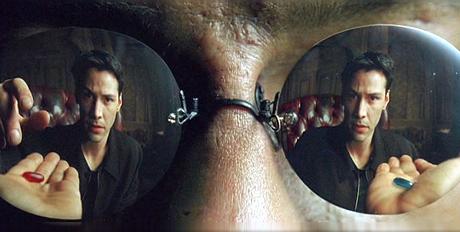Depends.
Are you a hard or soft person? What do you want the expression of your art to be? There is no one way. Even in the world of Tomiki Aikido you can see a HUGE difference between the soft and harder schools. I like that both exist under the one blanket name.
The way I see when judging Softness versus Hard several factors should be weighed.
1. Energy in the technique
Is the technique using uke's energy and is tori being sensitive to his movements? Or is Tori generating the energy themselves and applying it into your opponent?
2. Balance breaking versus pain compliance. Balance breaking leads to softer techniques.
3. What is the effect on Uke? Even if technique is soft, the effect it has on Uke needs to be weighed. Is uke taking repeated painful crashes and having technique cranked on? Tips the scale towards the hard side. Are his wrists throbbing after you lay on a kote gaeshi? Would you throw your mother with your technique?
I myself see the soft arts as a higher level of the martial arts. I personally want to look like this. Subtle balance breaking is the game I want to play.
On the middle ground there is Nariyama Sensei. He attacks angles mostly softly. I will not call his style soft though, because of the violence it causes to Uke. While this kind of training is fine - the teacher better be ready to take these kind of falls too, or I think it could lead to a abusive relationship.
An Aikikai version of this medium hardness is Christian Tissier. I like his balance breaking, but check out the executions of his throws. He takes people to a point of weakness, then blows them away with energy. He is actively putting energy in to cause movement Then his executions are like a tidal wave. While this seems to be an effective strategy for him, this is a good example of what I am not trying to achieve.
Now to the hard stuff. Sport Judo offers the most examples of hardness in throwing. This guy punishes people. He grabs them, uses extreme force to launch them in the air, then his opponents land on their heads. Scary stuff. While impressive and effective, I do not want to play with this guy.
Limitations
1 day ago






